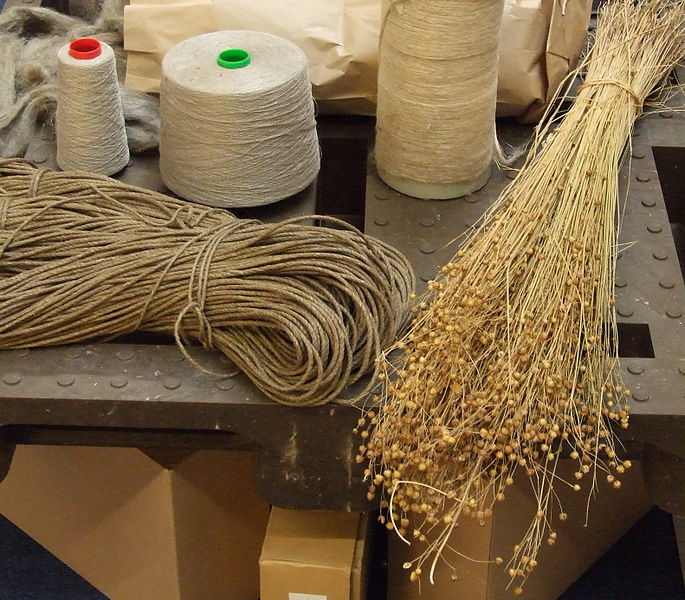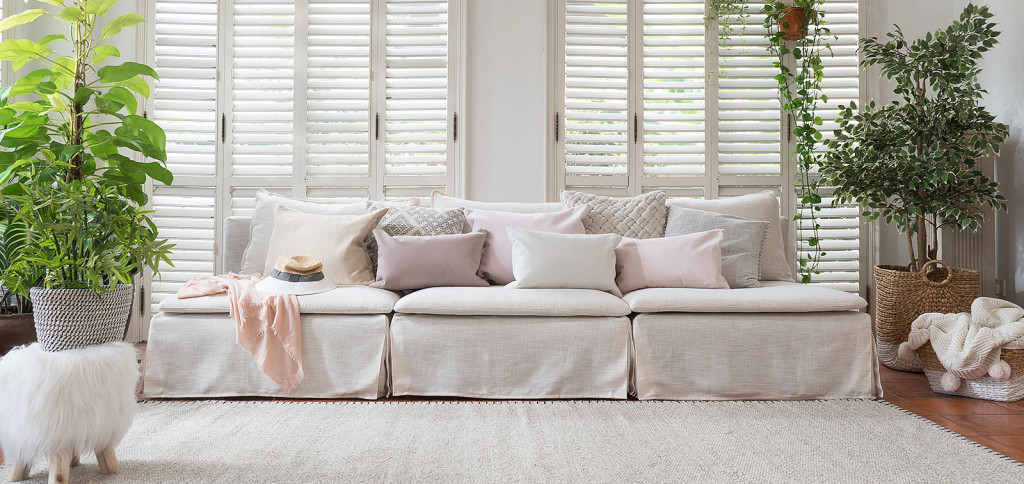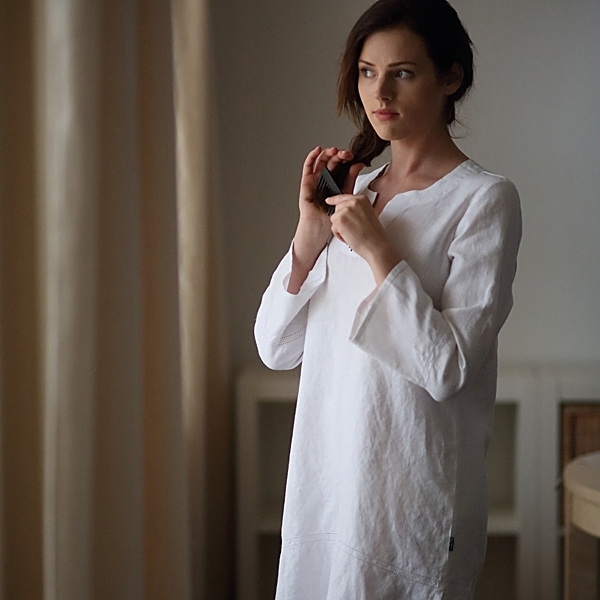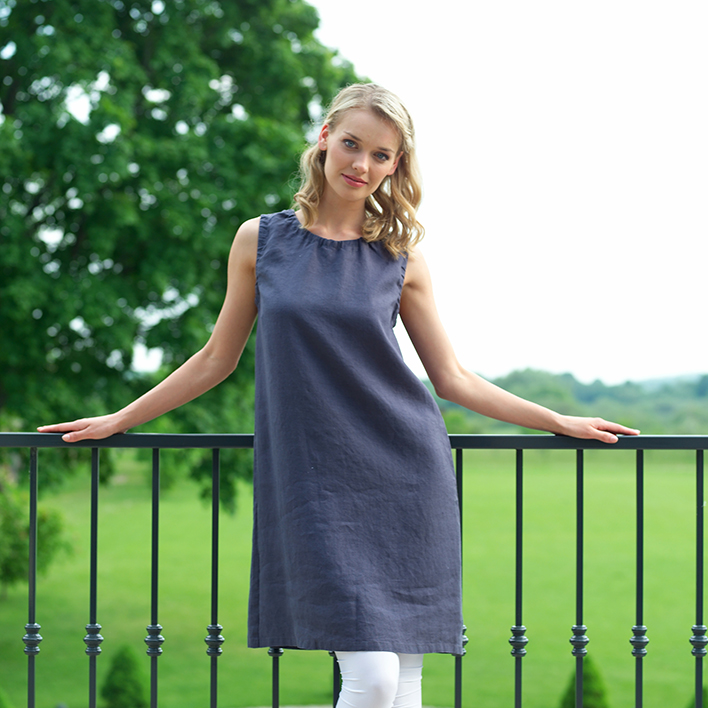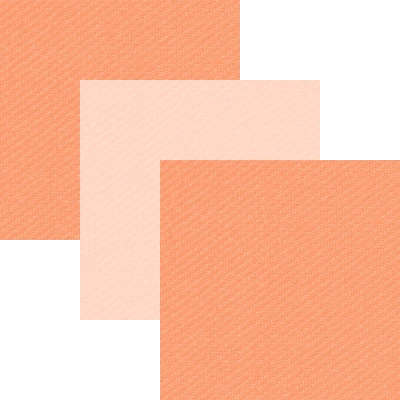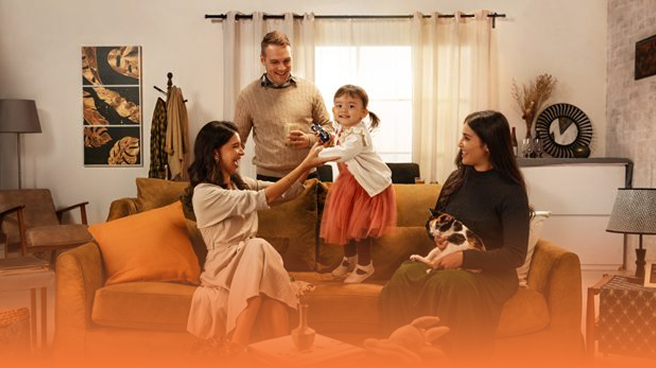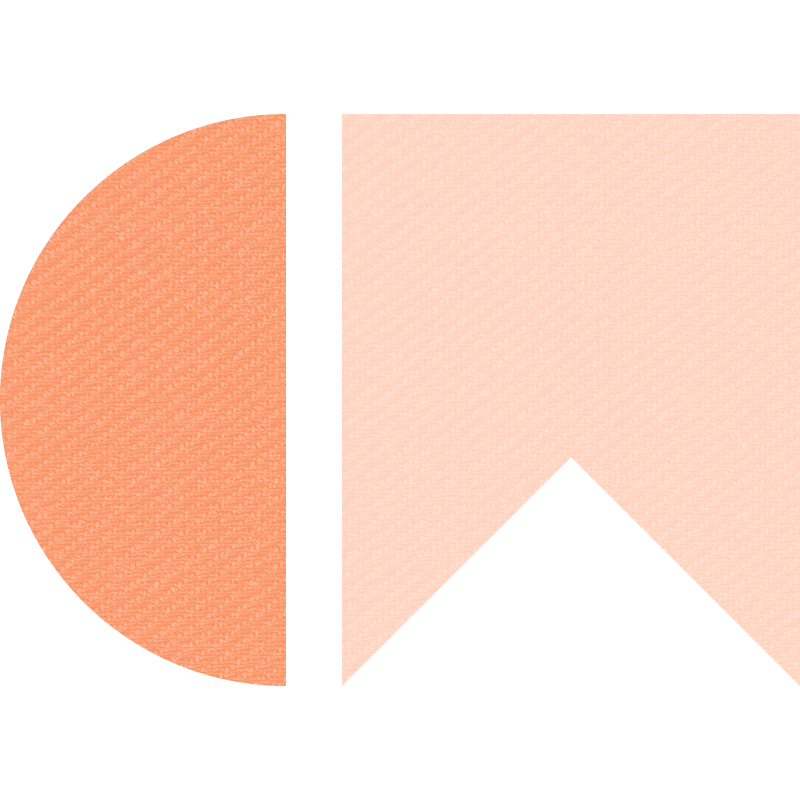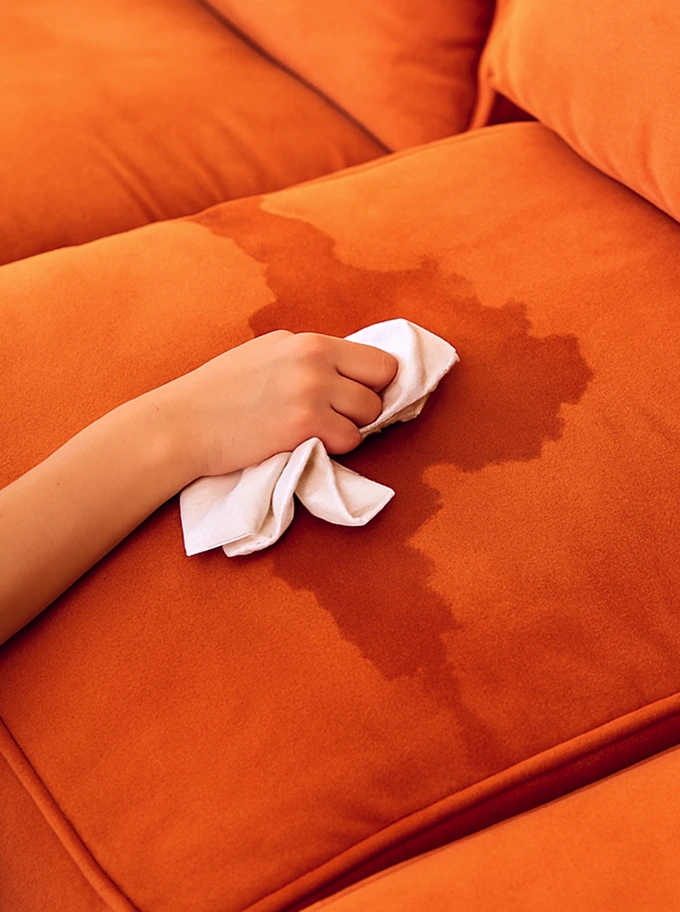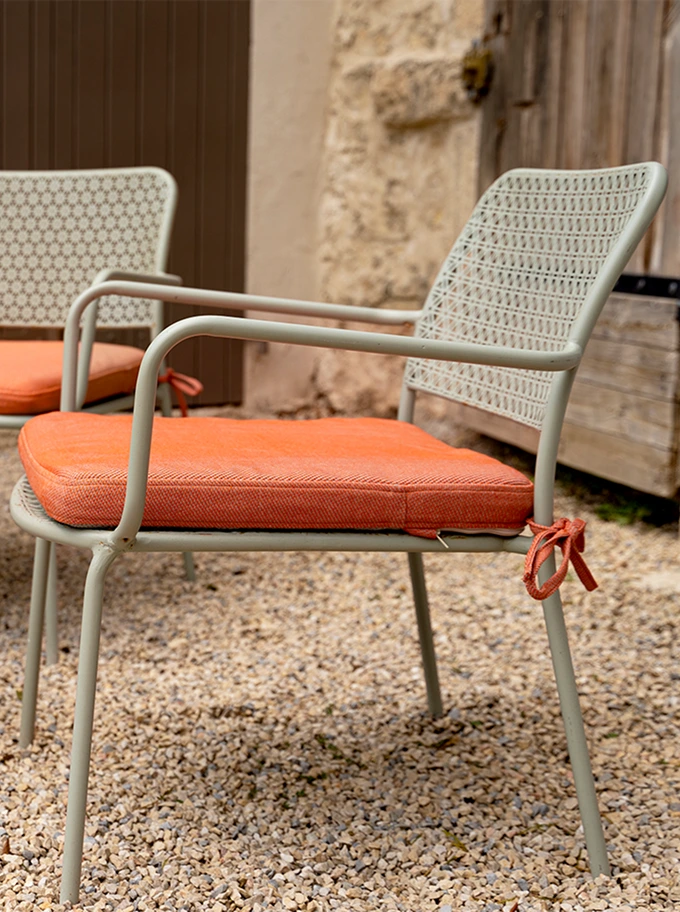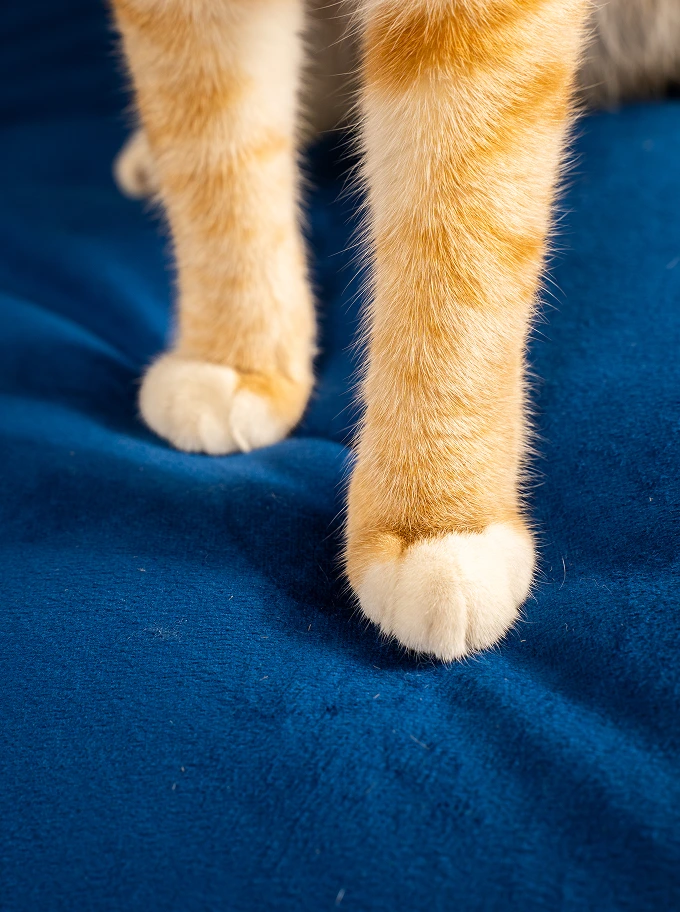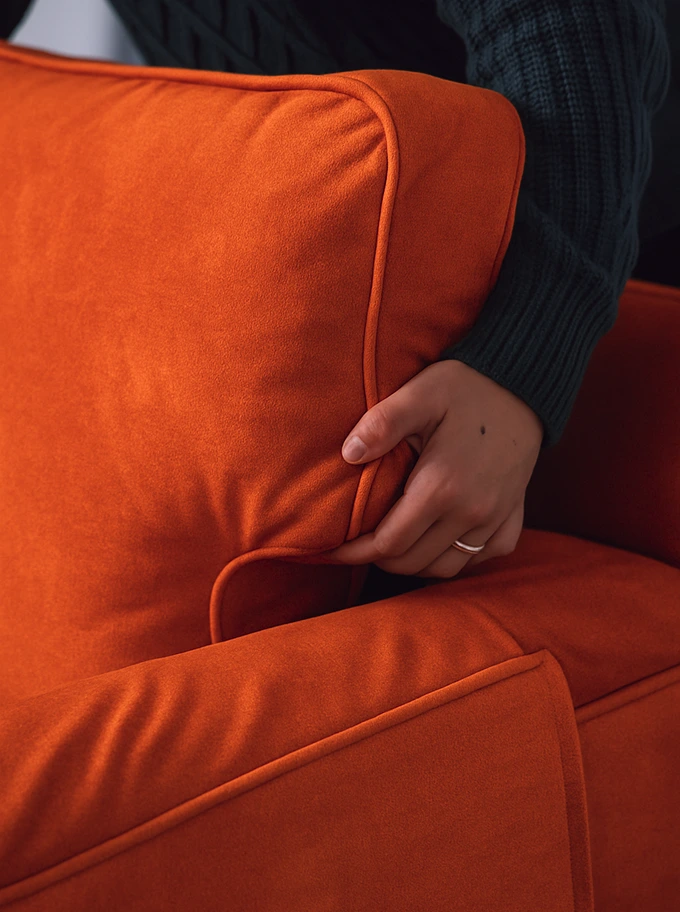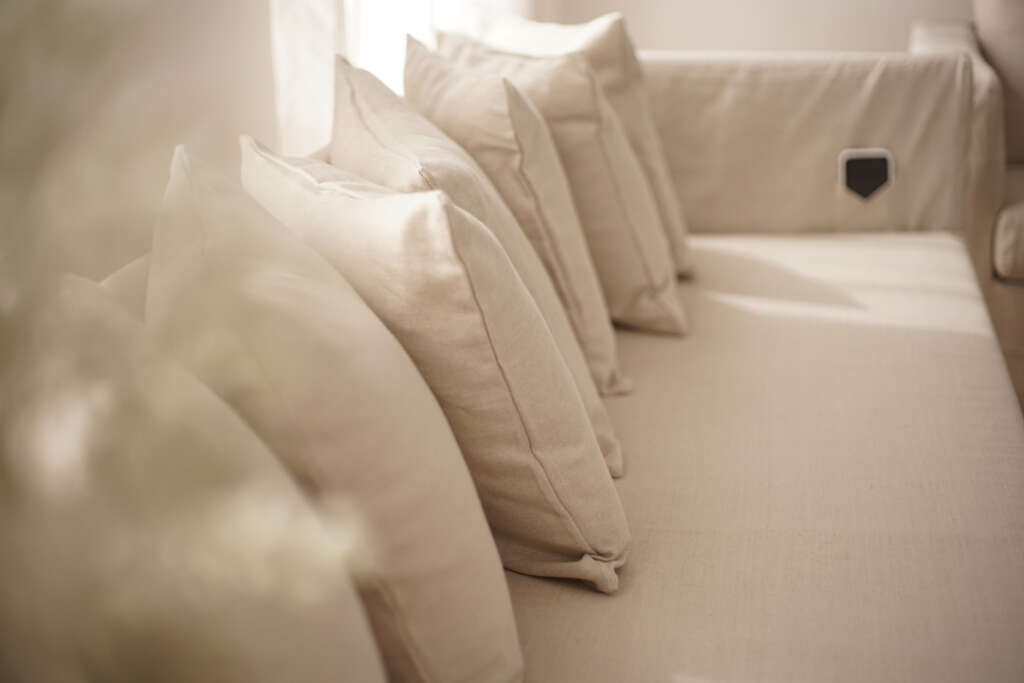
We’re biased of course, but linen is one of the most underappreciated fabrics and deserves some much needed attention.
It gets a bad rep by those who don’t know what to expect (and those who hate ironing).
Yet throughout history, linen has remained one of the oldest and most treasured fabrics – even having been referred to as the “woven winds” of Egypt at some point.
And till today it remains so flippin expensive. Does linen really deserve a spot in the luxury category?
Stick around and you may just find out why it does and why linen is the fabric for you!
What exactly is linen?
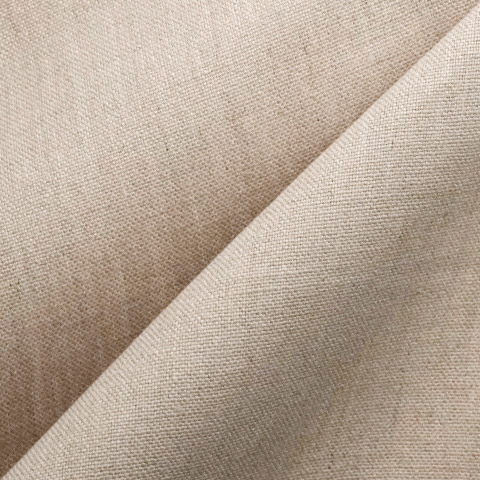
Famous as the fabric that was used to wrap the mummies of ancient Egypt many centuries ago, linen is an age-old textile that has never gone out of style.
It’s created by processing and weaving the fibers found in the stems of the flax plant and is famous for its strength and comfort.
In its natural undyed state, linen can be found in several colors; ecru, darkish greys, ivory and oatmeal. The final color is determined by the growing and processing conditions of the flax plant.
Despite the fact that the textile industry has by and large moved to cheaper, synthetic alternatives, linen has surprisingly been on the rise. Today, it is used to make various products ranging from clothes to bedding.
So what makes it special enough to get that many people to willingly pay a premium? Let’s find out:
The advantages of linen
1. Strong As Duck
Despite being thousands of years behind us technologically, the ancient people of our world sure knew a good thing when they saw it.
Part of the reason why linen is so treasured throughout history is because of how thoroughly hard wearing it is.
Unlike most natural fabrics that weaken and stretch when wet, pure linen does not. In fact it gets stronger, which is one of the secrets to its incredible lasting power.
To top it off, linen also boasts incredible tensile strength. It is roughly 30% stronger than cotton which makes it a great choice for clothing and bedding. They will last a long long time if taken care of properly, which is a relief considering its price.
2. Organic And Sustainable
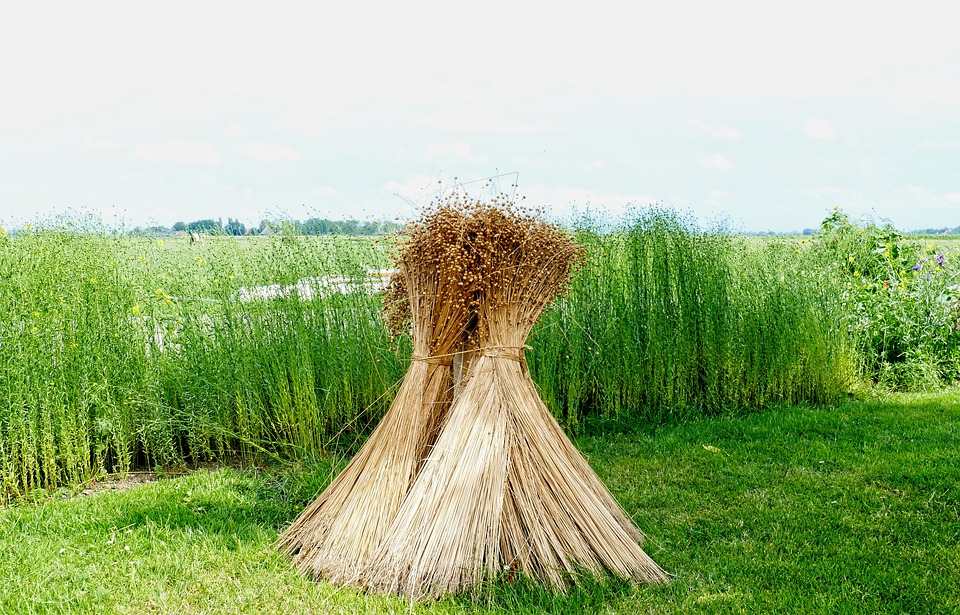
Completely green and requiring far less water consumption compared to cultivating cotton, linen is one of the most environmentally friendly fabrics out there!
While fibres from the flax plant stem are used to make the actual fabric, eco warriors would be pleased to know that the entirety of the plant is typically turned into a by-products such as Linseed oil.
As an added bonus, flax grows on poor soils and can be grown and processed completely without the use of harsh chemicals. Linen products also readily biodegrade which makes it one of the least polluting fabric choices.
Unfortunately however, the best things don’t come easy. Cultivating flax is a very lengthy process which is why linen products are pricy and account for such a small portion of the textile market.
3. Looks Great In White
White living rooms are back in style… or rather they never left.
People can’t seem to get enough of that pure, uncluttered look and it never fails to attract attention.
Good news is that linen fits right in… in white and if present would typically be found on the living room couch in the form of a linen sofa slipcover or throw blanket.
Despite the fact that white white (yes, white white) linen cannot be produced naturally and requires dye, it remains as one of the most popular color choices.
So popular in fact that many people believe that it is naturally found in white, just like cotton (which by the way can naturally grow in brown, blue, pink, green, and red).
4. Effortlessly Luxurious
Unfortunately for those looking for a more dramatic look, linen isn’t where you’ll find it. Instead, you may consider linen for a casual, at-ease look. It’s classy, understated elegance.
Because of its crinkly looks and earthy colors, it is more commonly used in casual attire.
Yet, it exudes a luxurious feel to it – maybe it has something to do with how rarely we see pure linen, with it being that much more expensive than cotton, wool, and other synthetics fabrics.
But whatever the reason, it sure looks fancy and rightfully so.
5. Ages Like Wine
Linen lasts a long time and that’s a fact.
How do we know? Because perfectly preserved linen has been found from unearthing ancient tombs dating back over 1200 years BC.
That’s a pretty long time ago.
The secret is that linen isn’t just significantly stronger than other natural fibres; it gets better with age!
While some complain that linen feels too stiff and crispy for their liking, they may not realize that there is a way to get buttery soft linen – by just using it.
Assuming it doesn’t get abused, linen ages and softens gracefully through prolonged use, time, and repeated washing. Just make sure to use cold water when washing or it will shrink like most other natural fabrics.
6. Cool As A Spring Breeze
Any lover of linen garments will tell you that linen keeps you cool. You may have noticed that this sort of apparel tends to hit the shelves as Summer draws near.
In an experiment, people have even gone as far as claiming to feel 3 degrees celsius cooler when wearing linen clothing compared to cotton. Just where is this breezy magic coming from?
As it turns out, linen isn’t just good at conducting heat; it’s phenomenal at it and can dissipate heat 5 times faster than wool.
To get all scientific, linen has a significantly higher thermal conductivity than just about any of the everyday fabrics like silk, wool, nylon, and cotton.
And it doesn’t just stop at helping to wick away heat from your body either.
Because linen is strong and weighty, linen products tend to be manufactured with a lower thread count, which still feels substantial but also well ventilated. Pair this with its highly absorbent and quickly drying nature and you’ll be saying no to sweat patches this summer!
7. Smooth On The Skin
People with allergies or sensitive skin know; some fabrics make things worse. If you’re one of these unfortunate souls, then linen is a fabric you should try out.
For one, its natural anti-bacterial properties make it good on the skin as pathogens, germs and other skin disease causing culprits will find it difficult to multiply.
By now, everyone should know without going into grotesque detail that a hot and humid environment is the absolute favourite of breeding ground of bacteria – which is exactly the case of sweaty discomfort that would result from wearing a polyester (or any non-breathable) shirt on a hot summer’s day.
The icing on the cake for the allergy-prone is that linen is considered to be hypoallergenic and does not trigger allergies. Organic linen in particular is a great choice for bedding and clothing as it is produced without the use of harsh chemicals and pesticides.
8. Shabby Chic and Rustic
Linen doesn’t stretch, which is why it gets so crinkly. That’s great for durability and all but the thought of constant ironing sure doesn’t sound appealing.
But what if I told you that’s just another part of it’s allure?
While linen looks relaxed and at-ease when worn, it lends a similar vibe when used to furnish the home. In fact, it’s iconic in creating the cosy and rustic lived-in look.
The actual name of this decorating style is “shabby chic” and many design fans go crazy for it. Shabby means “worn out” Chic means “elegantly stylish” which pretty accurately describes what the style is about. Elegantly put together but relaxed.
Thanks to Rachel Ashwell, intentionally slightly wrinkled linen has become pretty synonymous to the whole shabby chic design which explains the booming popularity of linen bedding and sofa slipcovers.
After all, where better to take advantage of the other miraculous properties of this fabric than on the most used furniture in the home.
Want linen in your home? Start with the couch – the centrepiece of the living room.
Linen sofa covers are something everyone should know about. They’re the perfect way to linenify (yes, now a word) your sofa without throwing it out and buying a new one.
Best part? They are machine washable and come in several colors and styles so you can personalize it just the way you like. Learn more below:
